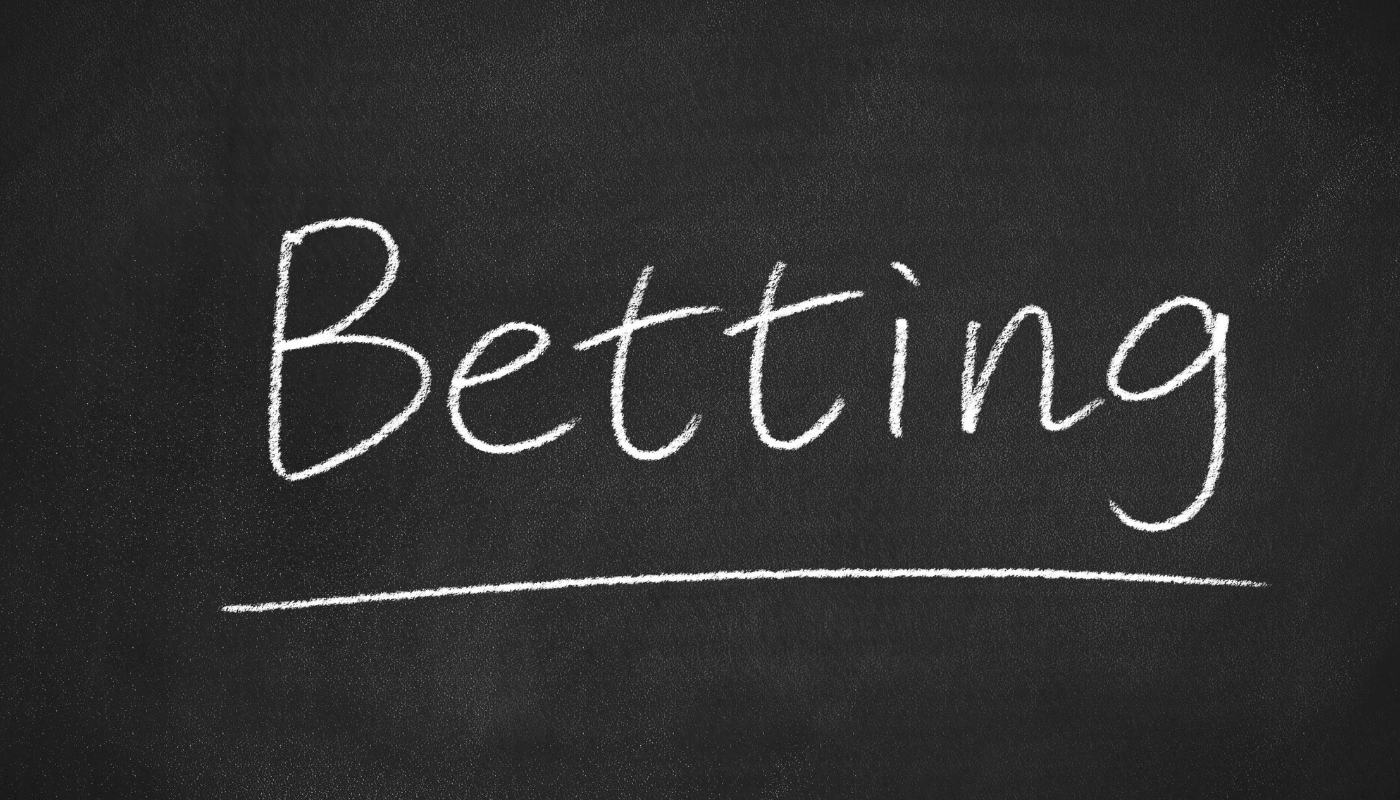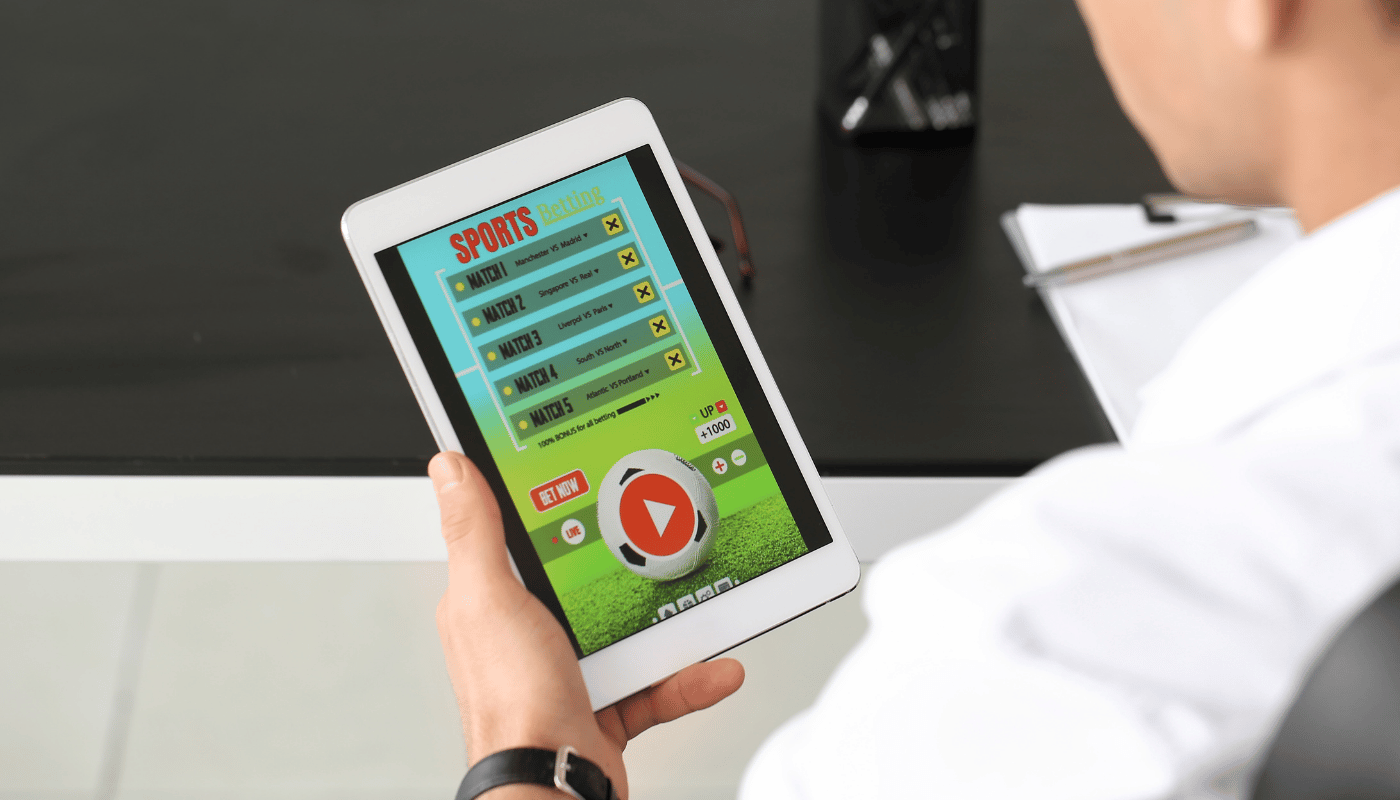A concussion is a form of traumatic brain injury that can result from a blow to the head or a sudden jolt to the body, causing the brain to shake inside the skull. Quick assessment is crucial in the event of a suspected concussion, as early detection can prevent complications and guide proper treatment. One useful tool for an initial assessment is a flashlight, which can help detect signs of brain trauma by observing the pupil’s response to light. Many people wonder how to check for concussion with flashlight and if this method is effective for spotting potential injuries.
Using a flashlight to observe changes in the pupil’s reaction can offer insight into brain function and help indicate if further medical attention is necessary. This article provides a comprehensive guide on assessing concussions with a flashlight, explaining the significance of pupillary reflexes, limitations of this method, and when to seek professional help for a full diagnosis.
Understanding Concussions and Common Symptoms
A concussion is a type of brain injury that occurs when a blow or jolt to the head or body causes the brain to move rapidly within the skull. This movement can lead to temporary disruptions in brain function, affecting physical, cognitive, and emotional well-being. Concussions are commonly seen in contact sports, car accidents, falls, and any situation involving sudden, forceful impact. While they are often labeled as “mild” injuries, concussions can have significant consequences if not properly managed.
Concussions are typically accompanied by a range of symptoms that can vary in severity from person to person. Physical symptoms often include headaches, dizziness, nausea, and sensitivity to light and noise. Cognitive symptoms may include confusion, difficulty concentrating, and memory problems, making it challenging to complete everyday tasks. Additionally, individuals with concussions may experience emotional changes, such as irritability, sadness, or heightened anxiety. These symptoms can appear immediately or develop over hours and even days following the injury.
Due to the nature of concussions, recognizing and monitoring these symptoms is essential for effective recovery. The brain is in a vulnerable state after injury, and exerting oneself too soon or neglecting care can lead to prolonged symptoms or complications. Many individuals wonder how to check for concussion with flashlight as a quick way to assess for signs of a concussion, particularly by observing the pupils’ reactions to light. Although a flashlight test can offer initial insights, it is critical to understand that any suspected concussion should be confirmed through a professional medical evaluation to ensure proper treatment and recovery.
The Pupillary Light Reflex: What It Reveals About Brain Health
The pupillary light reflex is a basic but informative neurological response that occurs when the pupil constricts in response to light. This reflex, controlled by the brain’s autonomic nervous system, is an essential indicator of brain health. When light is directed into one eye, both pupils should constrict equally, demonstrating that the brain and optic nerves are functioning normally. In cases of head trauma, however, this reflex may become disrupted, signaling potential brain injury. This is why people often wonder how to check for concussion with flashlight to see if the brain’s response remains normal.
In a healthy individual, shining a light in one eye will cause both pupils to shrink (constrict) quickly, then return to their original size when the light is removed. This reaction shows that the optic nerve, brainstem, and parts of the midbrain are all working correctly. Any abnormal response, such as delayed constriction, uneven pupil sizes, or lack of response to light, can be a warning sign of a potential brain injury.
Below are common normal and abnormal pupillary responses:
- Normal Response: Both pupils constrict promptly when light is shone into one eye and return to normal size when the light is removed.
- Delayed Response: One or both pupils constrict slowly when exposed to light, potentially indicating a brain injury or increased intracranial pressure.
- Unequal Pupil Size: One pupil appears significantly larger or smaller than the other, which may indicate a serious brain injury or nerve damage.
- Non-Responsive Pupils: One or both pupils do not respond to light, signaling a potentially severe brain injury that requires immediate medical attention.
Observing these responses can provide initial insight into brain function. While this method is helpful, it is not a conclusive test. Other factors, such as pre-existing eye conditions or medication, can also affect the pupillary light reflex. For instance, certain eye conditions may cause differences in pupil size or slow reaction times, which are not necessarily related to brain injuries.
Using a flashlight to assess the pupillary light reflex can be valuable for a preliminary check, but any abnormal findings should be followed by a comprehensive medical evaluation. Understanding the limits of the flashlight test is crucial, as it is merely a quick indicator rather than a diagnostic tool. When abnormalities in pupillary response are detected, seeking medical attention is essential to assess the full extent of a concussion or brain injury.
Step-by-Step Guide to Checking for Concussion with a Flashlight
Using a flashlight to check for signs of a concussion can be a helpful initial step when a head injury is suspected. This method allows you to observe the pupillary response, which can indicate potential brain trauma. However, it’s essential to approach this technique with care, as it only serves as an initial check and cannot replace a professional diagnosis. Many people ask how to check for concussion with flashlight as a quick way to look for warning signs, especially in situations where immediate medical help is not accessible.
Preparation and Technique
To perform the flashlight test, ensure you’re in a dimly lit room to make it easier to observe the pupil’s response. Have the person sit comfortably, facing you, and hold the flashlight at an angle to avoid shining it directly into both eyes simultaneously. Remember to check one eye at a time.
Interpreting Results
This method relies on observing the speed and symmetry of the pupillary reaction. When shining a light into one eye, look for immediate, equal constriction in both pupils. Any delay, lack of reaction, or unequal sizes in the pupils may suggest an issue that requires further medical assessment.
| Step | Description | Expected Observation |
| 1. Prepare the Environment | Sit the individual in a dim room and have them focus on a distant object. | Comfortable position, focus maintained. |
| 2. Shine Light into One Eye | Hold the flashlight close to one eye at an angle, and shine it briefly into the eye. | The pupil should constrict immediately and equally with the other eye. |
| 3. Observe Pupillary Reaction | Watch the speed and degree of constriction and note any differences in reaction. | Both pupils should react quickly and uniformly. |
| 4. Remove Light and Re-check | Take the light away and observe the pupil returning to its original size, then repeat with the other eye. | Pupil should return to normal size without delay. |
| 5. Compare Both Eyes | Repeat the test with the other eye to ensure consistent reactions on both sides. | Both pupils should respond similarly in speed and size. |
A normal response includes quick and equal constriction of both pupils when the light is shone in one eye, followed by a quick return to normal size once the light is removed. Any inconsistencies, such as a slower response, unequal pupil sizes, or lack of reaction, may indicate potential brain trauma and should prompt a professional medical evaluation.
While this flashlight check provides preliminary insights, it is not a substitute for a full neurological examination. Variations in pupillary response may also occur due to non-concussion-related factors, such as medication or pre-existing eye conditions. If the test reveals abnormal responses, it’s crucial to seek professional medical advice to ensure proper diagnosis and care.
Limitations of Flashlight-Based Concussion Checks
Using a flashlight to assess for a concussion can provide quick, preliminary insights, but it has significant limitations. While the flashlight test can reveal signs of abnormal pupillary responses, it is not comprehensive enough to rule out or confirm a concussion. Many factors can affect pupillary reaction, and without professional tools and expertise, it’s easy to misinterpret results. For those wondering how to check for concussion with flashlight, it’s essential to understand that this test is only a first step and cannot replace a medical evaluation.
Several limitations affect the reliability of flashlight-based concussion assessments:
- Lack of Accuracy: The flashlight test may miss subtle concussion symptoms that a neurological exam would catch.
- Influence of External Factors: Lighting conditions, eye conditions, or even medications can alter pupillary response, leading to inaccurate readings.
- No Assessment of Cognitive Symptoms: The flashlight test focuses only on physical response, while concussions often involve cognitive issues such as confusion, memory loss, or mental fog.
- Inability to Detect Mild Concussions: Minor concussions may not produce visible pupillary changes, so a flashlight test could overlook mild brain injuries.
- Subjective Interpretation: Observing and judging pupillary response can be subjective, especially without specialized training, increasing the likelihood of error.
Understanding these limitations is crucial for anyone attempting to perform a flashlight test for concussion signs. It’s important to keep in mind that concussions involve complex symptoms that can vary widely from one individual to another. This simple test cannot evaluate cognitive, emotional, or more subtle physical symptoms that often accompany a concussion.
For any suspected head injury, especially if symptoms persist or worsen, seeking a professional assessment is essential. Medical practitioners have the expertise and tools needed to evaluate the full range of concussion symptoms and provide a complete diagnosis. While a flashlight test might provide a quick check, it should always be followed by a thorough medical evaluation when a concussion is suspected.
When to Seek Professional Medical Attention
While a flashlight test can provide a quick check for certain symptoms of a concussion, there are instances when professional medical attention is crucial, regardless of the test results. Concussions often present a wide range of symptoms, and some signs signal the need for immediate evaluation to rule out more severe brain injuries. For those exploring how to check for concussion with flashlight, understanding when to consult a healthcare provider is equally important.
One critical sign to watch for is a persistent headache that worsens over time, which can indicate increased pressure in the brain. Additionally, if the individual experiences repeated vomiting, seizures, or a loss of consciousness that lasts more than a few seconds, these are strong indicators of a serious injury requiring immediate medical care. Cognitive symptoms, such as confusion, memory loss, or unusual drowsiness, should also prompt a visit to a healthcare professional, as they may suggest that the brain is struggling to recover properly.
Behavioral changes are another important factor to monitor. Increased irritability, mood swings, or sudden emotional shifts can be signs of deeper neurological issues. If any of these symptoms are present, especially alongside physical signs like dizziness or poor balance, seeking professional help is essential.
Ultimately, while a flashlight test can be a useful first step, it is not a replacement for medical expertise. Professional evaluation ensures that all aspects of a concussion are thoroughly assessed, enabling individuals to receive the appropriate care for a safe and effective recovery.
Preventive Measures to Reduce Risk of Concussion
Preventing concussions is essential, especially for individuals involved in activities that present a high risk of head injury. From sports to everyday life, taking proactive steps can reduce the likelihood of concussions and protect brain health. For those who want to know how to check for concussion with flashlight and manage injuries safely, understanding preventive measures is key to minimizing the chances of a head injury in the first place.
Implementing preventive practices is crucial for people of all ages, particularly in high-contact sports, active work environments, and daily activities that may involve a risk of falling. Protective equipment, awareness, and safe practices can all contribute to a safer environment.
Below are several effective strategies for reducing concussion risk:
- Wear Proper Headgear: Use helmets in sports, cycling, and construction work to shield the head from direct impacts.
- Practice Good Technique in Sports: Coaches and players should emphasize safe playing techniques to avoid unnecessary contact and head collisions.
- Ensure a Safe Environment at Home and Work: Keep floors clear of hazards, use handrails on stairs, and install anti-slip mats in bathrooms to prevent falls.
- Stay Fit and Strengthen Neck Muscles: Building neck and core strength can help absorb shock and stabilize the head during impacts.
- Educate on Concussion Awareness: Teach athletes, workers, and students about the signs and symptoms of concussions to promote early detection and proper care.
These preventive measures play a crucial role in minimizing concussion risk. Wearing helmets and protective gear, for instance, is vital in activities such as football, cycling, and construction work. Ensuring that children and adults understand the importance of these precautions can make a significant difference in preventing injuries.
Educating yourself and others on the symptoms of concussions is also essential. Knowing the signs to watch for and how to respond can make it easier to address injuries quickly and seek help when necessary. When preventive strategies are consistently applied, they create a safer environment and reduce the risk of concussions.
Conclusion
Concussions are serious injuries that require attention and proper assessment to prevent complications. While knowing how to check for concussion with flashlight can offer a quick initial check, it is essential to recognize the limitations of this method. The flashlight test provides preliminary insights by observing the pupillary response, but it does not capture the full range of symptoms that may accompany a concussion, especially cognitive and emotional effects.
For anyone showing signs of a concussion—such as persistent headaches, dizziness, confusion, or abnormal pupil reactions—seeking a professional evaluation is crucial. A healthcare provider can conduct a thorough assessment and recommend appropriate treatment, ensuring a safe and effective recovery. By combining awareness, preventive measures, and professional guidance, individuals can minimize the risks associated with concussions and support long-term brain health.


